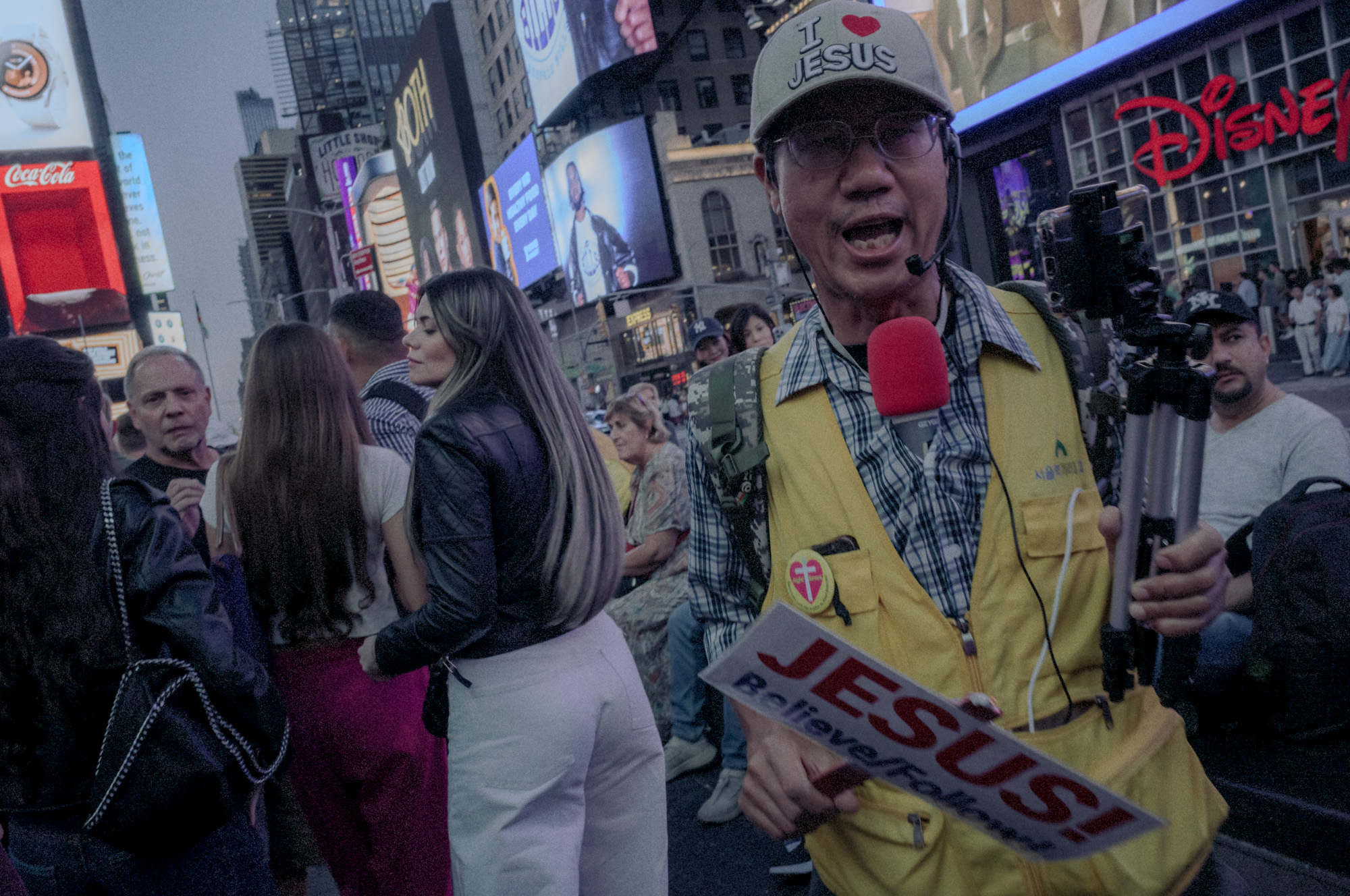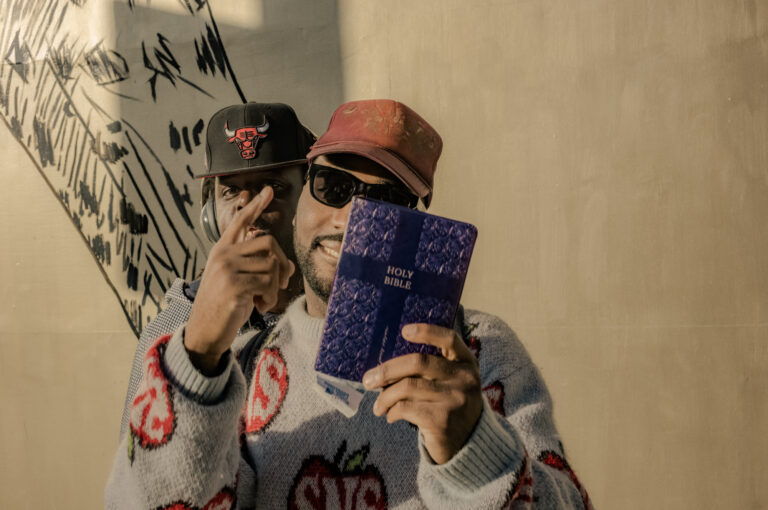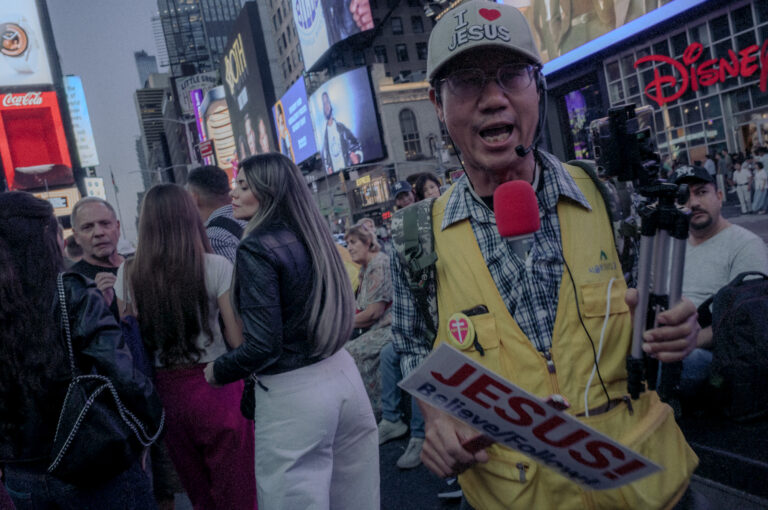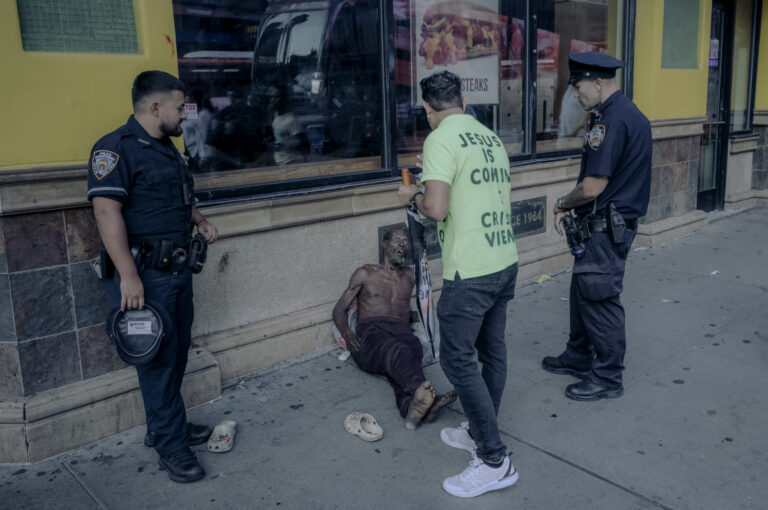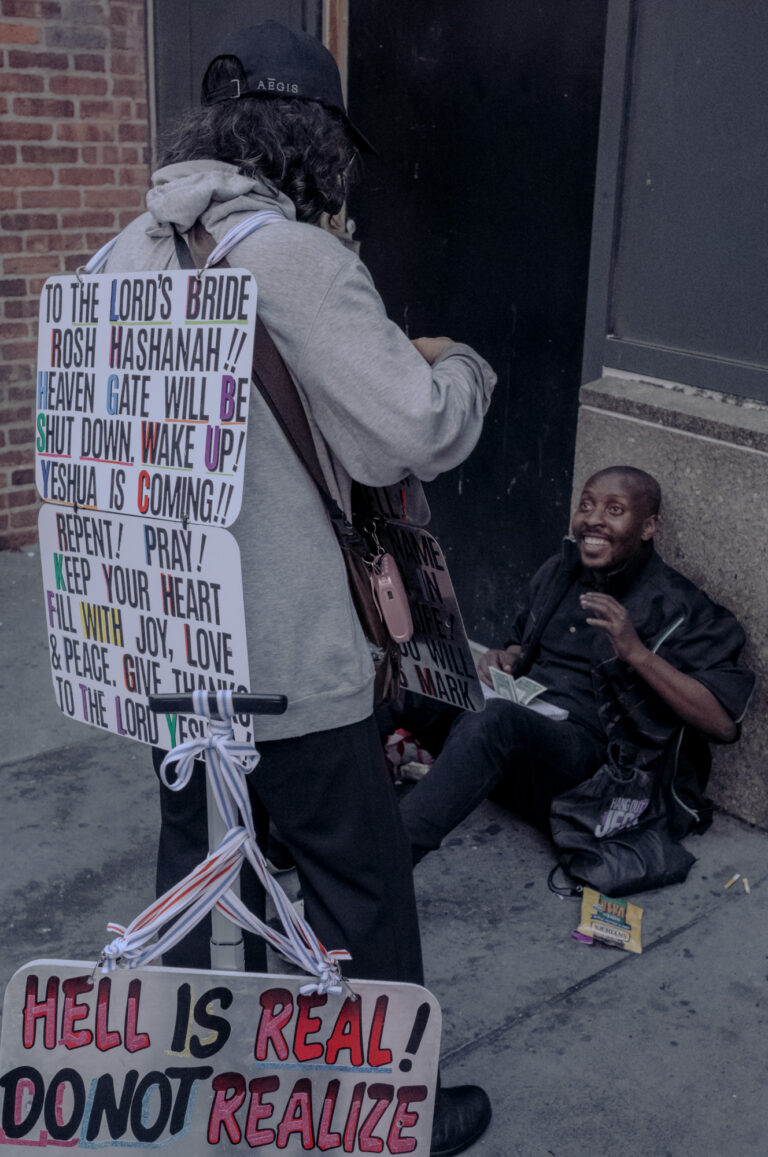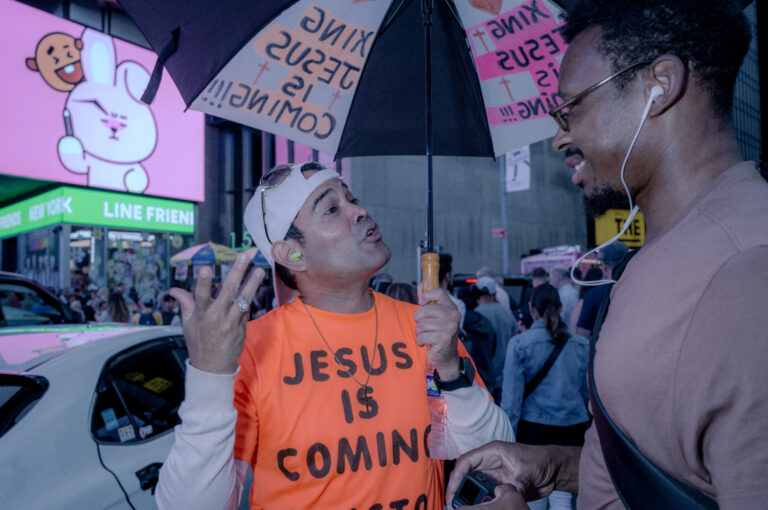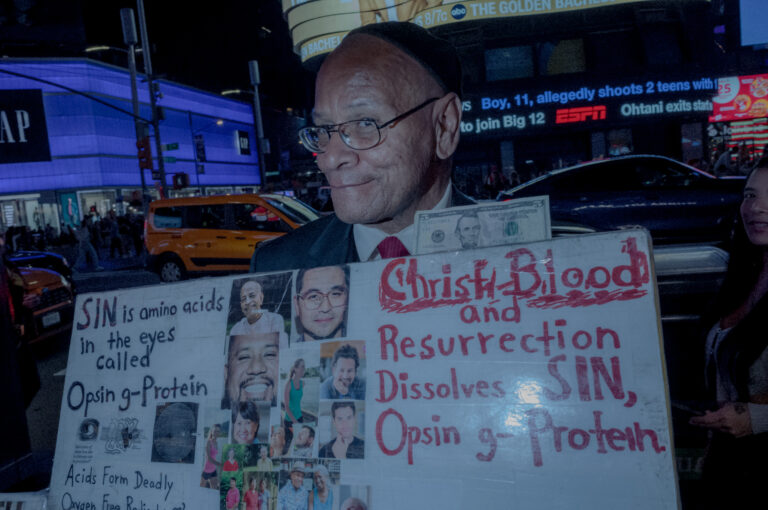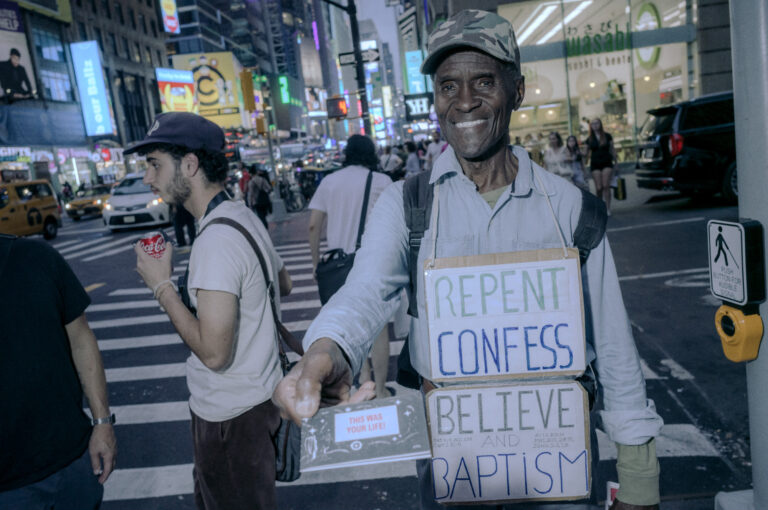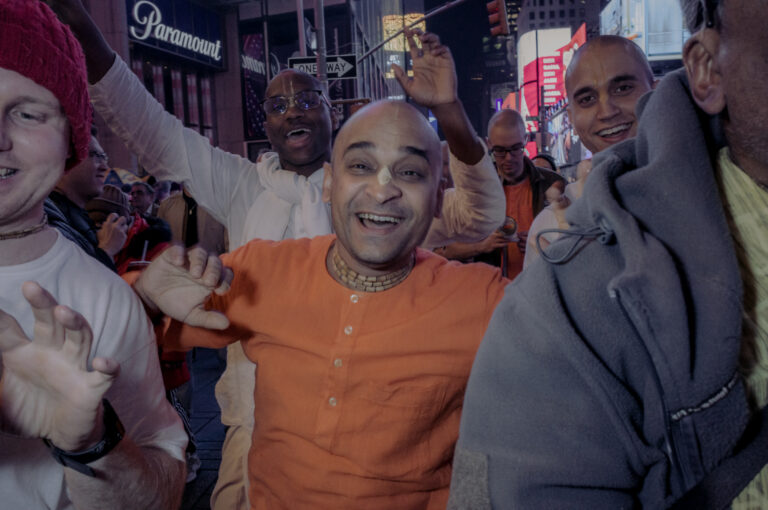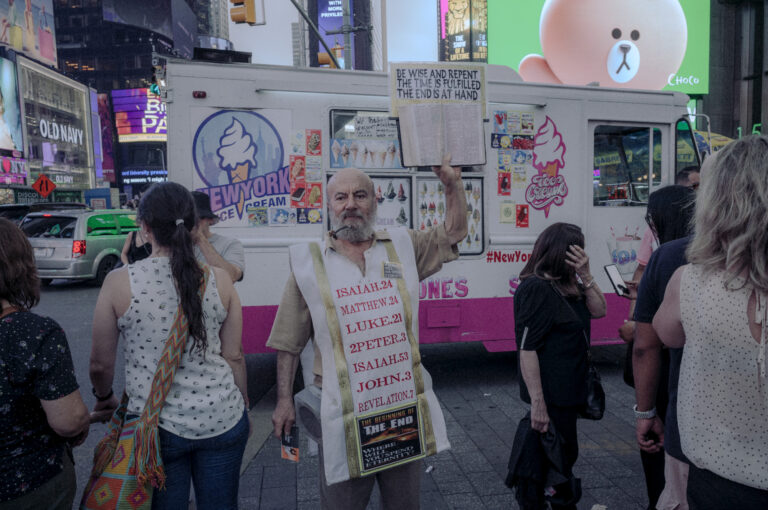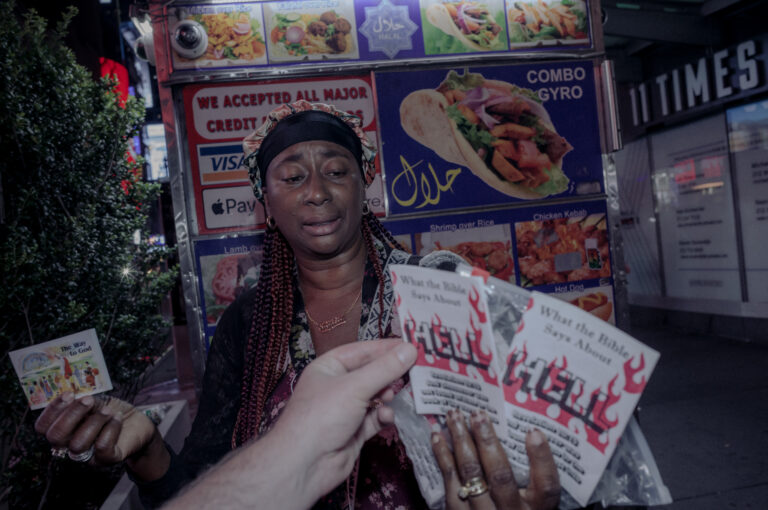Religious messengers have shaped human consciousness since ancient times. From Ezekiel’s public prophecies to Buddhist street monks and Medieval Christian mystics, the archetype of The Proselytizer embodies humanity’s drive to spread spiritual truth. This work examines how this timeless figure continues to manifest in contemporary life, revealing patterns that Jung identified as fundamental to our collective unconscious.
The Proselytizer archetype carries dual aspects in mythology and literature. While prophets like Cassandra and John the Baptist represent divine wisdom and spiritual awakening, figures like Zarathustra question established truths and challenge social order. Yet the shadow side of this archetype often manifests as fear mongering, bigotry and exclusion, wielding homophobic rhetoric and discriminatory messages that transform spiritual conviction into weapons of hate.
This sequence connects to broader questions about belief and urban ritual. The Proselytizer emerges as a bridge between sacred and secular realms, embodying both the light of spiritual guidance and the shadow of zealous conviction. By examining this archetype through contemporary encounters, these photographs reveal enduring tensions between individual revelation and collective experience, between the drive to convert and the right to believe.
